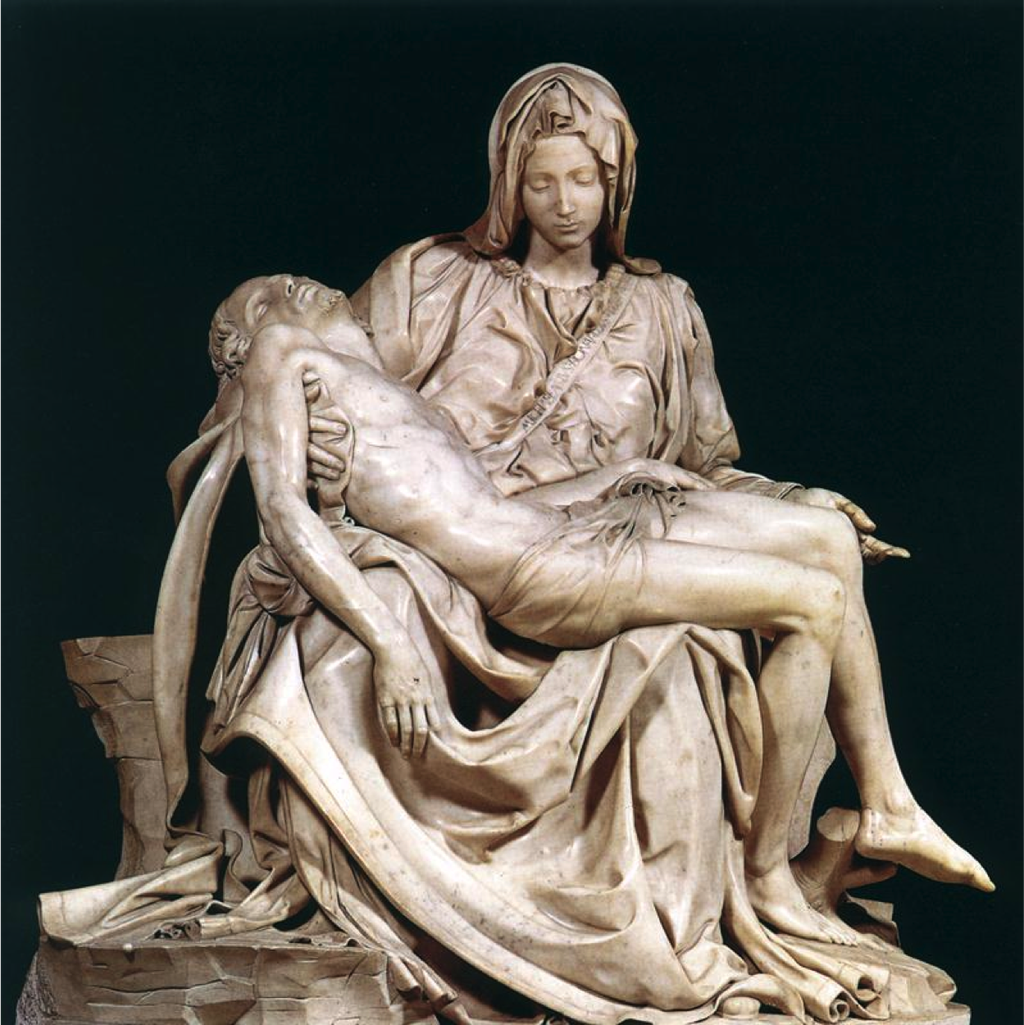The Feast of the Seven Fishes? Sounds like a solid tradition until the first fish-hater comes to the table. Then tradition takes a back seat in the name of hospitality.
Granted, clams, mussels, and oysters turn some people off. Octopus, squid, and scungilli are an acquired visual. But, are there many shrimp-, lobster-, cod-, flounder-haters out there? Breadcrumb, deep-frying, or meunière (aka Francese) can disguise a lot of sea creatures and ease landlubbers into seafood. Hey, fish sticks with spaghetti were school cafeteria fare way back in the 1950s among the ‘mericans.
I know too many big-hearted Italian Americans who prepare roasts, poultry, or chops along with fish dishes to accommodate guests, but I’m not one of them. Would Muslims serve ribs to non-believing guests? Would Jews leaven their bread at a Seder for some goyim? It seems that only Italians feel guilty enforcing age old traditions. Guests should appreciate authenticity, right?
In the old days, we had no stuffed flounder or lobster tails among the Seven Fishes. We ate rubbery conch (scungilli) on peppery hardtack, chewy salted cod (baccalà), fried eels, sea snails (babbaluci), blue claw crabs, and raw or baked clams. Crab sauce was a finger-lickin’ mess. Snails called for straight pins to pull out the critter and willing lips to suck out the tasty shell juice.
On a deeper plane beyond food, Christmas has many traditions that Italy shared with the world.
An Irish American priest once compared me to a “pagan” when I expressed my faith as more traditional than religious. I guess it’s my passion for history that tempers my faith. Still, I wonder whether this man understood the pagan underpinnings of Catholicism and how Italians shaped the “universal” Church we know today.
Closer to Buddhists and Hindus, Christians are the only monotheists who accept “graven images”. That was part of the compromise the Jewish Apostles made to convert the Romans and Greeks to a monotheistic religion. The pagans liked to see who they were praying to. Eventually, the Greeks surrendered their lifelike statues for flat icons, but Italians continued to demand 3-dimensional deities. Michelangelo’s Pietà says it all.
When the Romans captured Jerusalem in A.D. 70, pagan Rome became the headquarters of Christianity. The Judeo-Christians gave up Aramaic for Latin, and Semitic poverty for Roman grandezza. Part of the new deal was transitioning the much honored Vestal Virgins into nuns – the Jewish abhorrence of “unclean” women remained in Judea. Rabbinical beards mostly succumbed to the clean-shaven Roman priests.

As time went on, the controversial Church was championed by the emperors. We see evidence of that in the letters “IHS” on Catholic altars – In Hoc Signo (“In this sign” you will win) memorializing Constantine’s vision of the Cross to inspire his victory over a pagan enemy. Pagan Saturnalia became Christmas with its partying, gift-giving, and evergreens.
We witnessed the Italianization of Biblical stories starting with the Nativity scene recreated by St. Francis of Assisi and the pictorial splendor of both the Old and New Testaments by Giotto, Raphael, Michelangelo, Da Vinci, and others.
Speaking of the Bible, at Christmas mass worshippers learn that Caesar Augustus called for the census that took Mary and Joseph from Galilee to Bethlehem; that the Roman governor at the time was Quirinius. These Italic people were the human forces propelling Jesus’s mission, ultimately leading to Pontius Pilate and the first non-Jewish convert to Christianity – Cornelius the Centurion.
This year, we had a Polish priest celebrating Christmas mass. Apparently a history buff himself, he noted how the historical Jesus has been confirmed by various sources including the famous Roman census, which he reported was actually done in A.D. 6. No matter that it throws off the calendar by six years (today should be 2016!). The point is that the Bible is corroborated by a known event.
I don’t think knowing all these sidebar facts surrounding Roman Catholicism makes it any less potent. To survive over two thousand years of chaotic human history still begs much rational explanation. No one should overlook the role Italians had in Christianity’s content and continuity, or the “miracle” of Cristoforo Colombo spreading it to the New World. -JLM

I look forward to these Blogs. Information that I never was taught.
Thank you for enlightening us.
I experienced a culture shock when I moved to the southern region of the US from Italy. I found out that many Americans do not consider Catholics as “Christians”. This seems to be a well established belief in the Southern Baptist church. Catholics are still seen as impostors and sinners. As described in this post, it is historically impossible to separate Christianity from Catholicism and Italy.